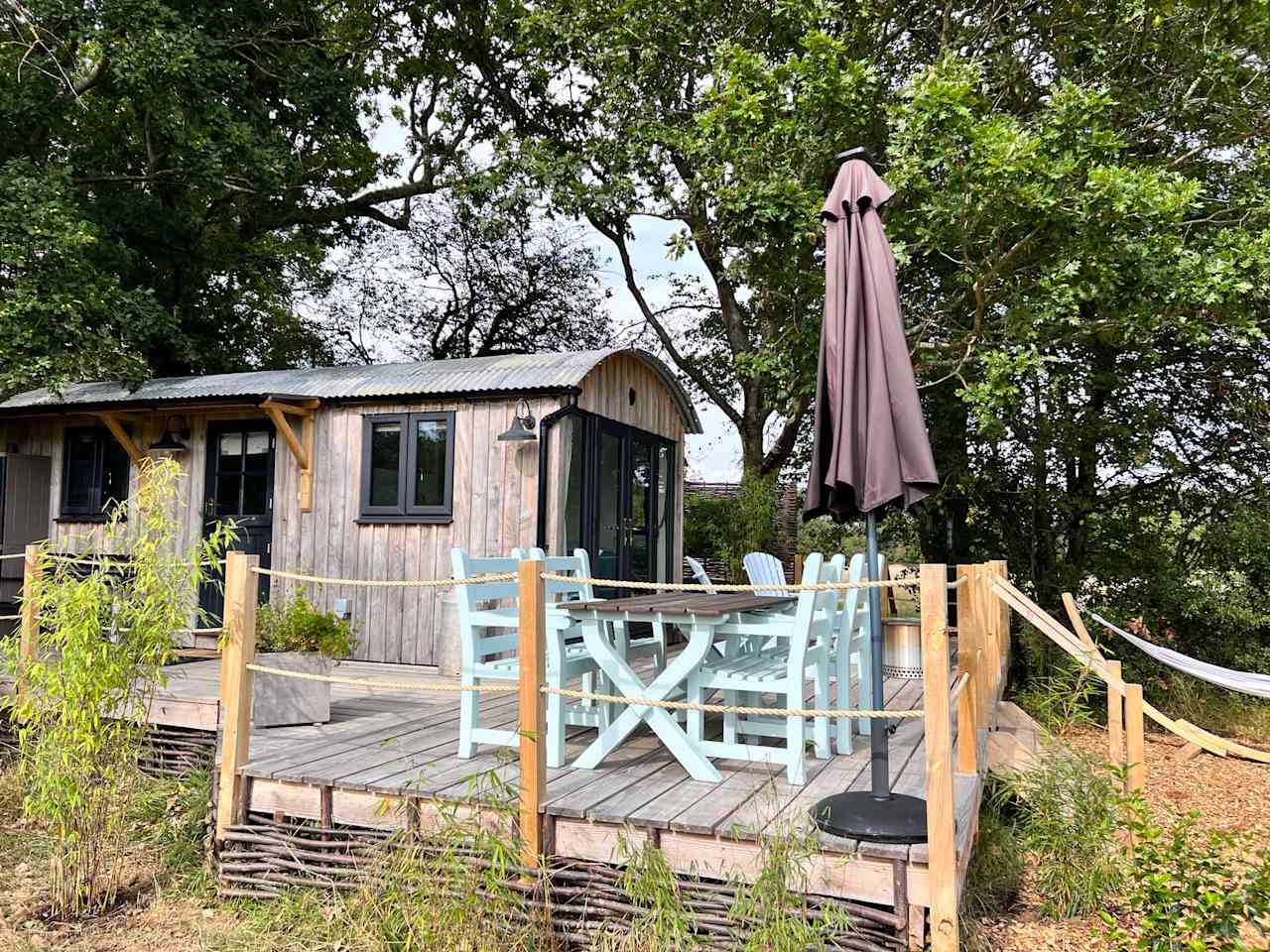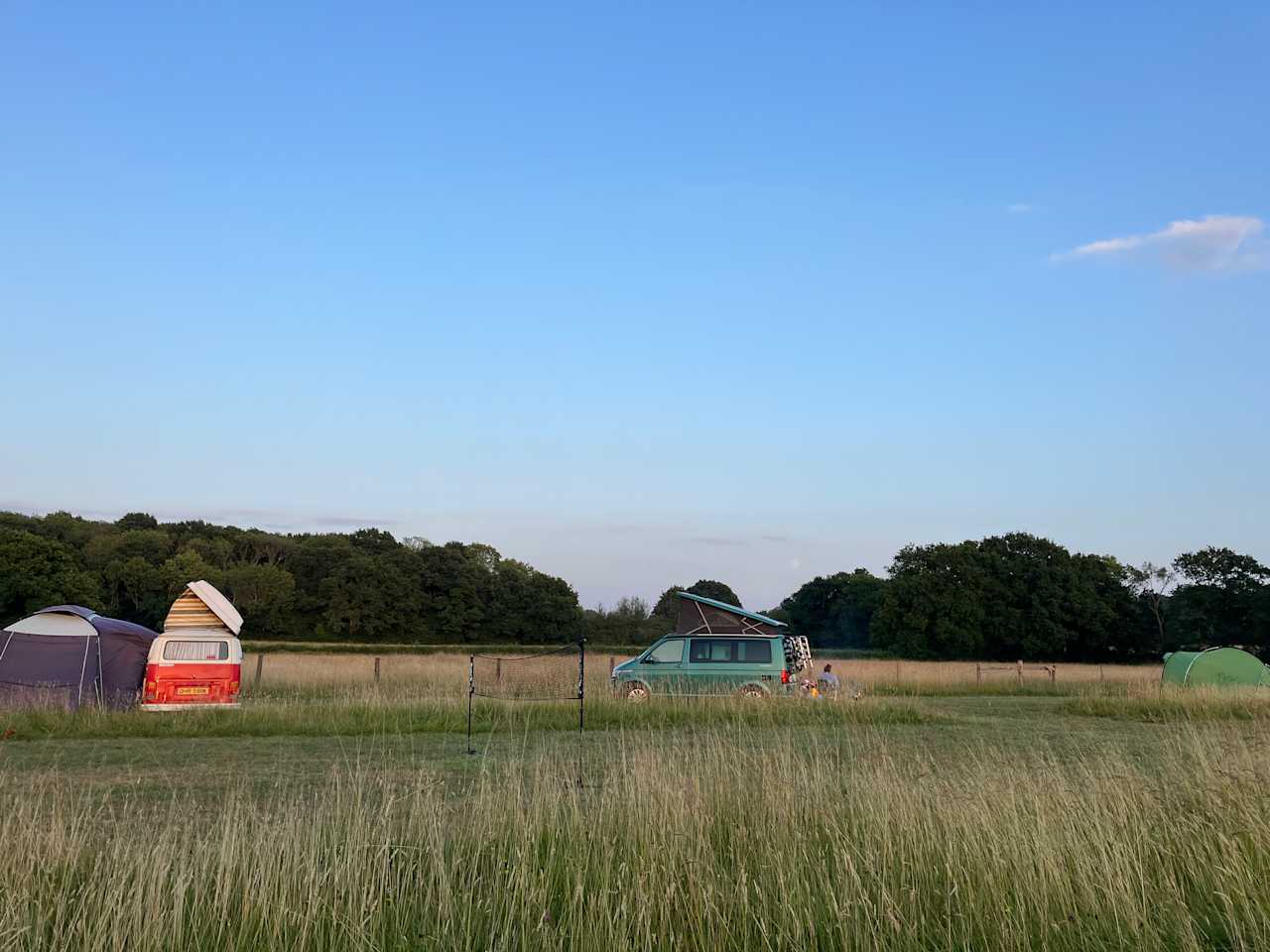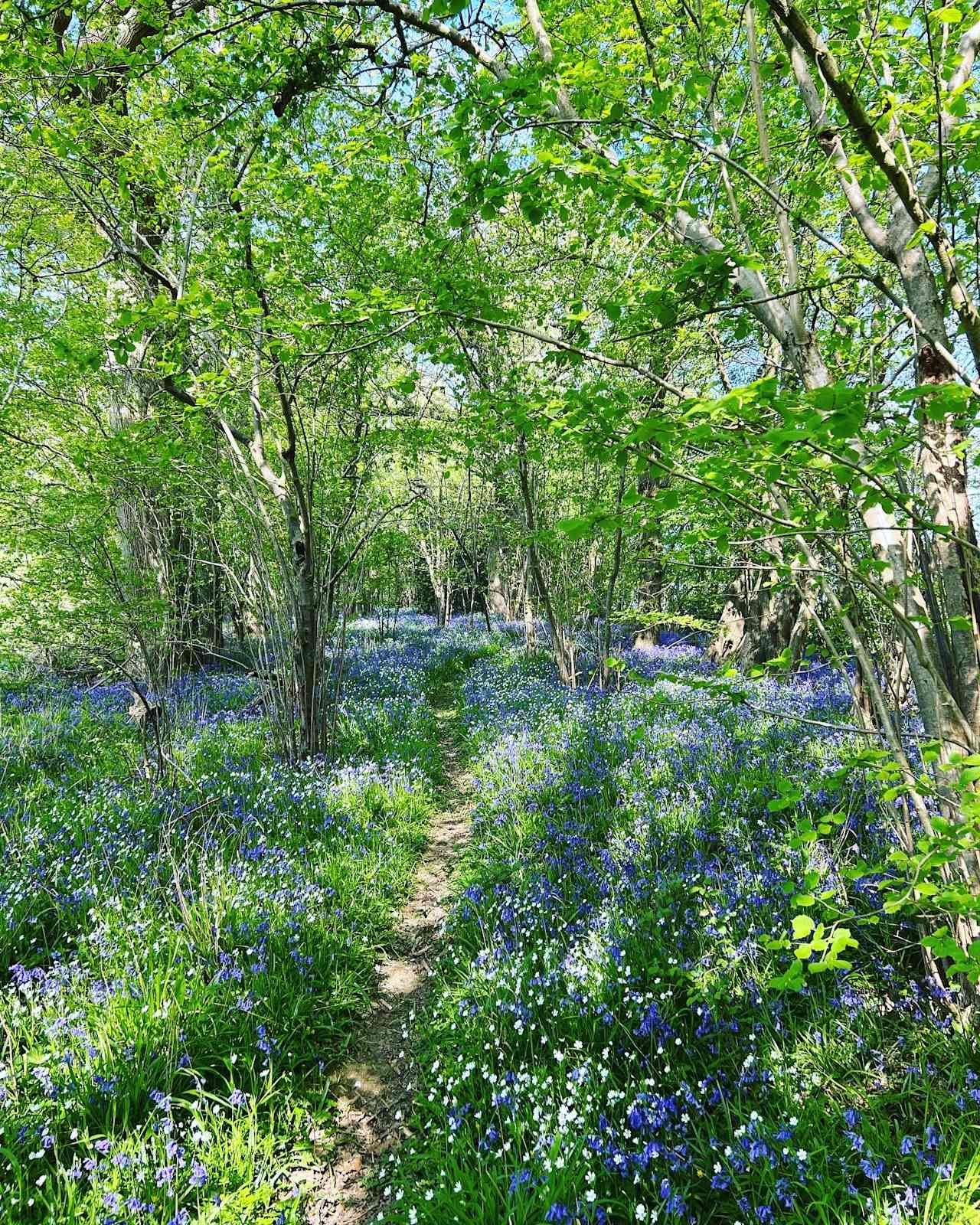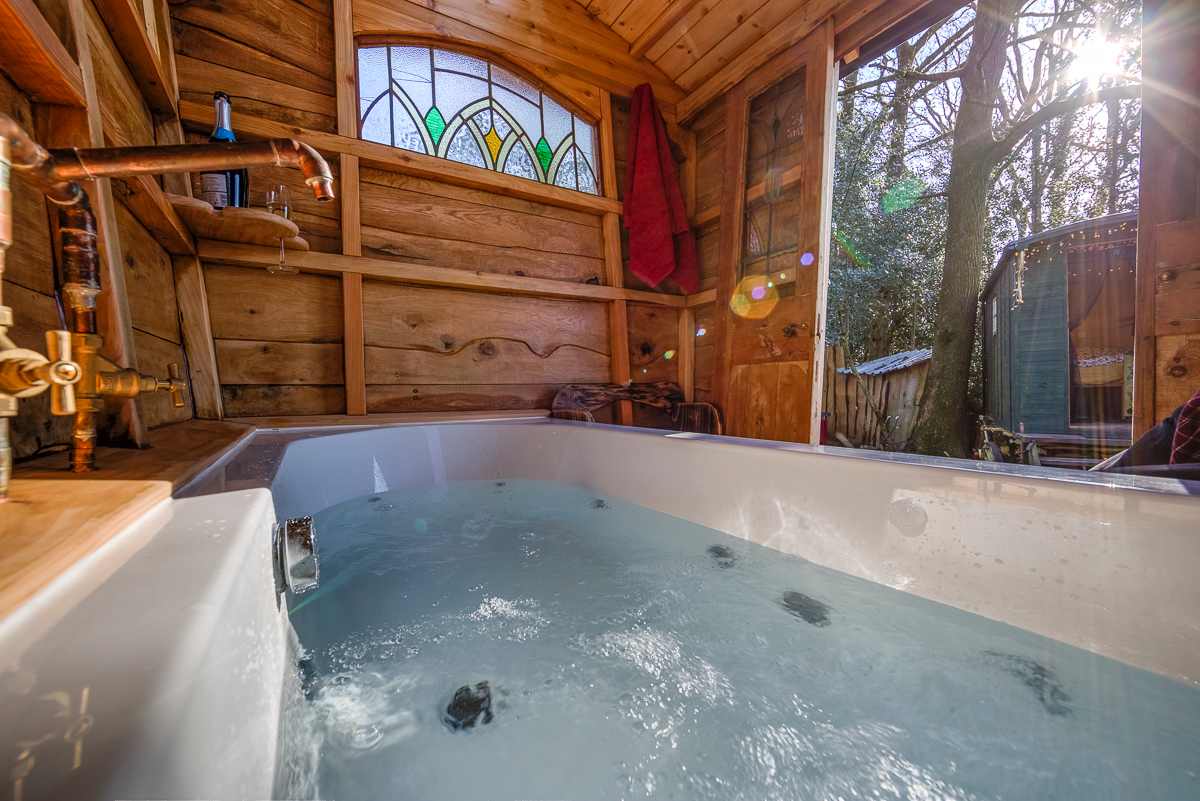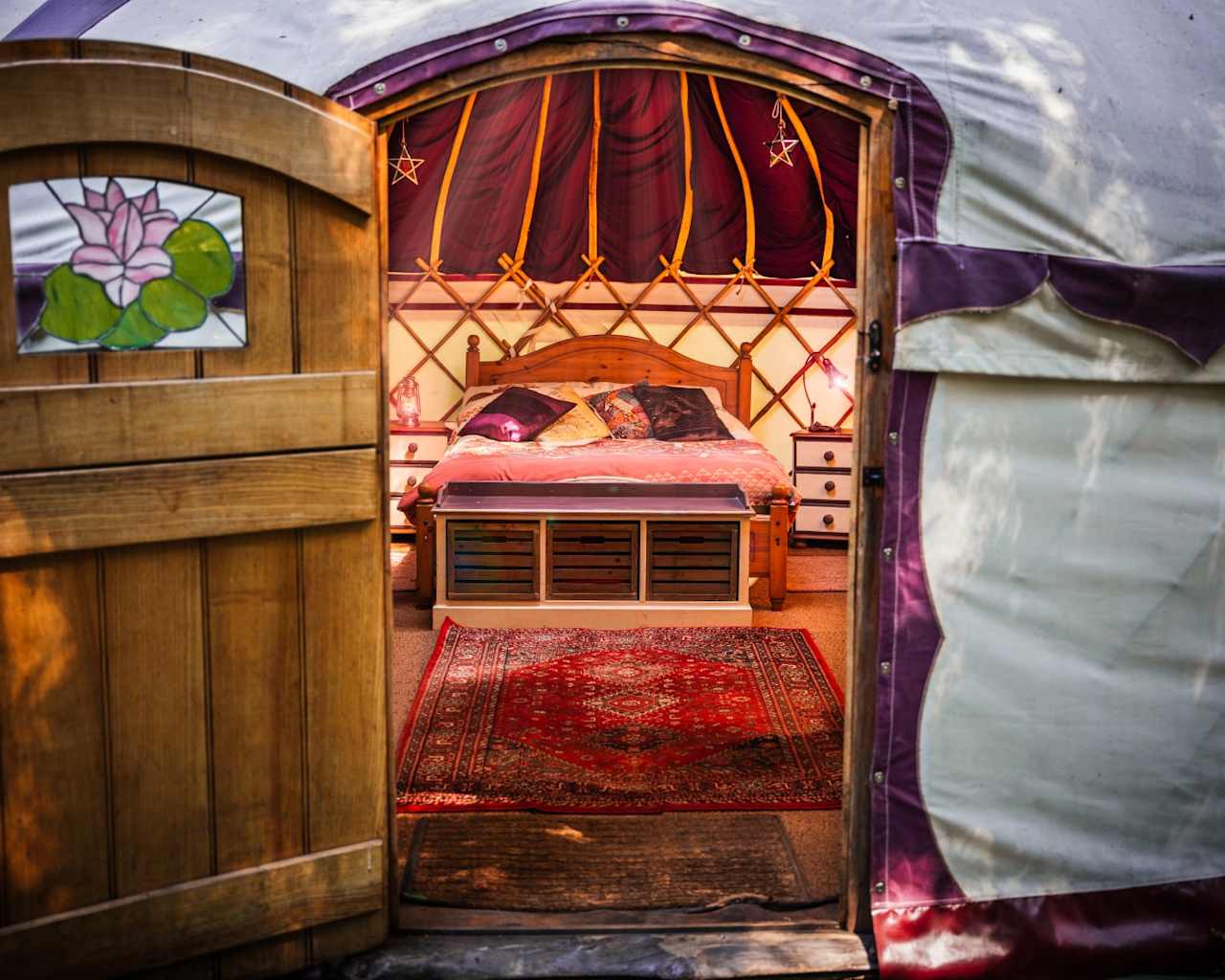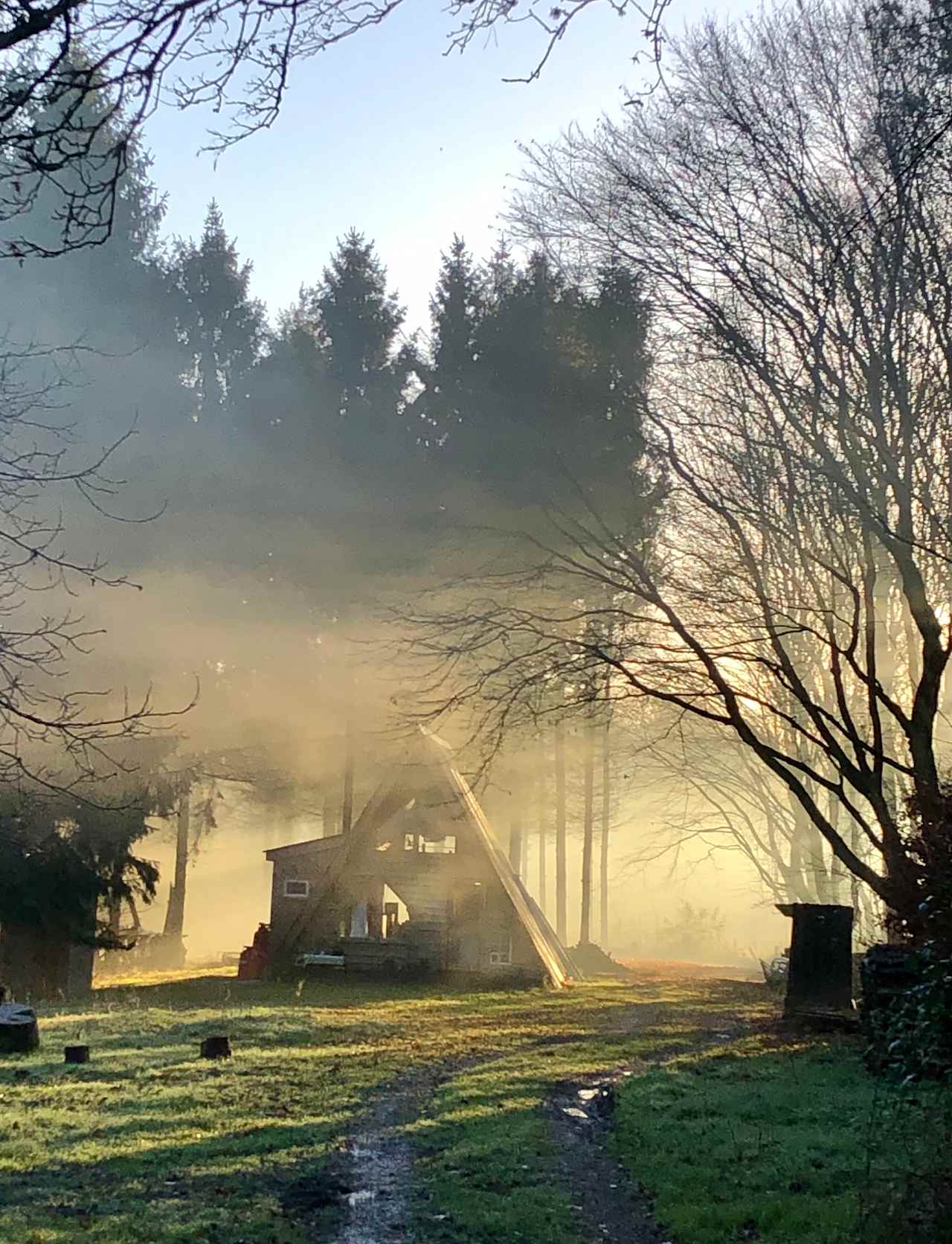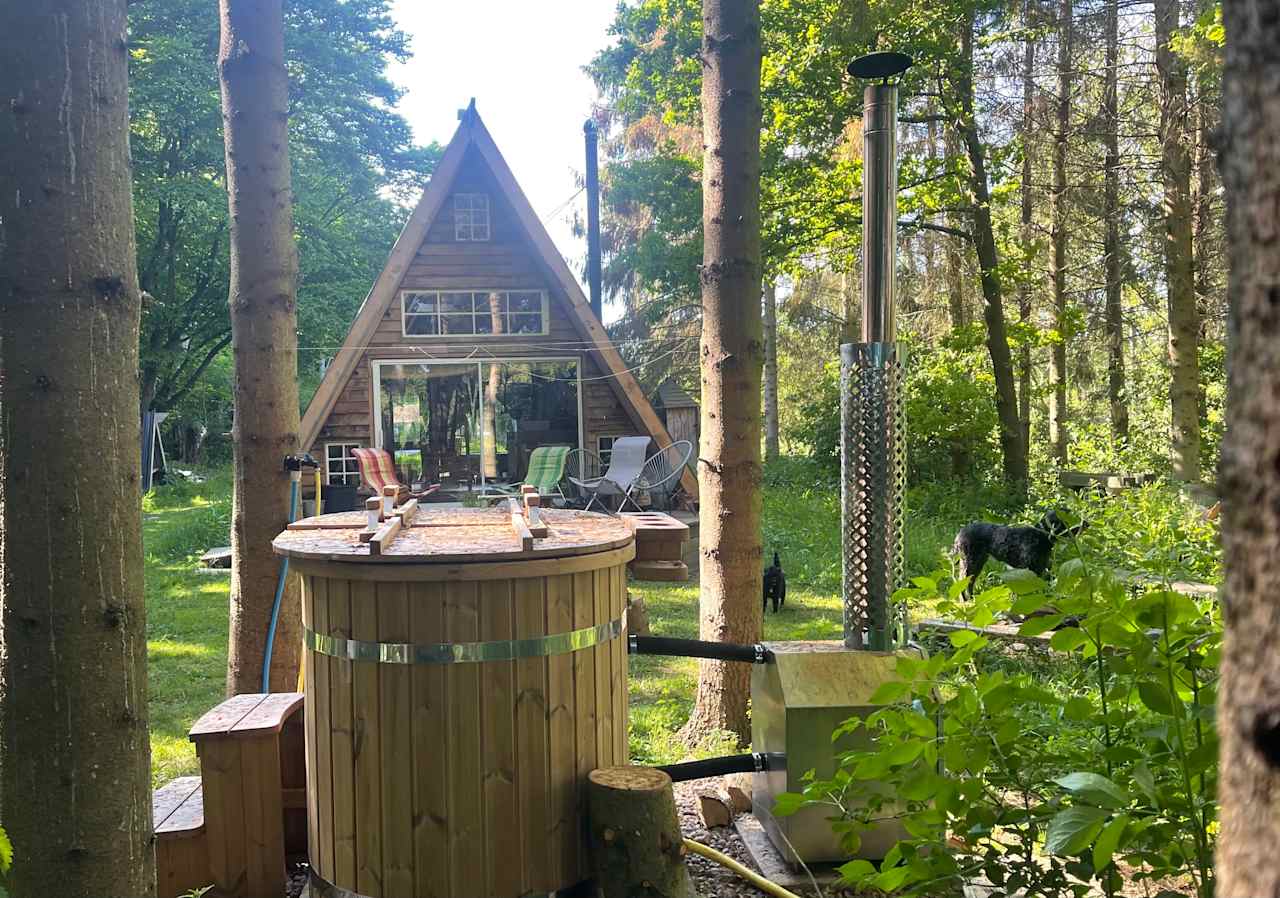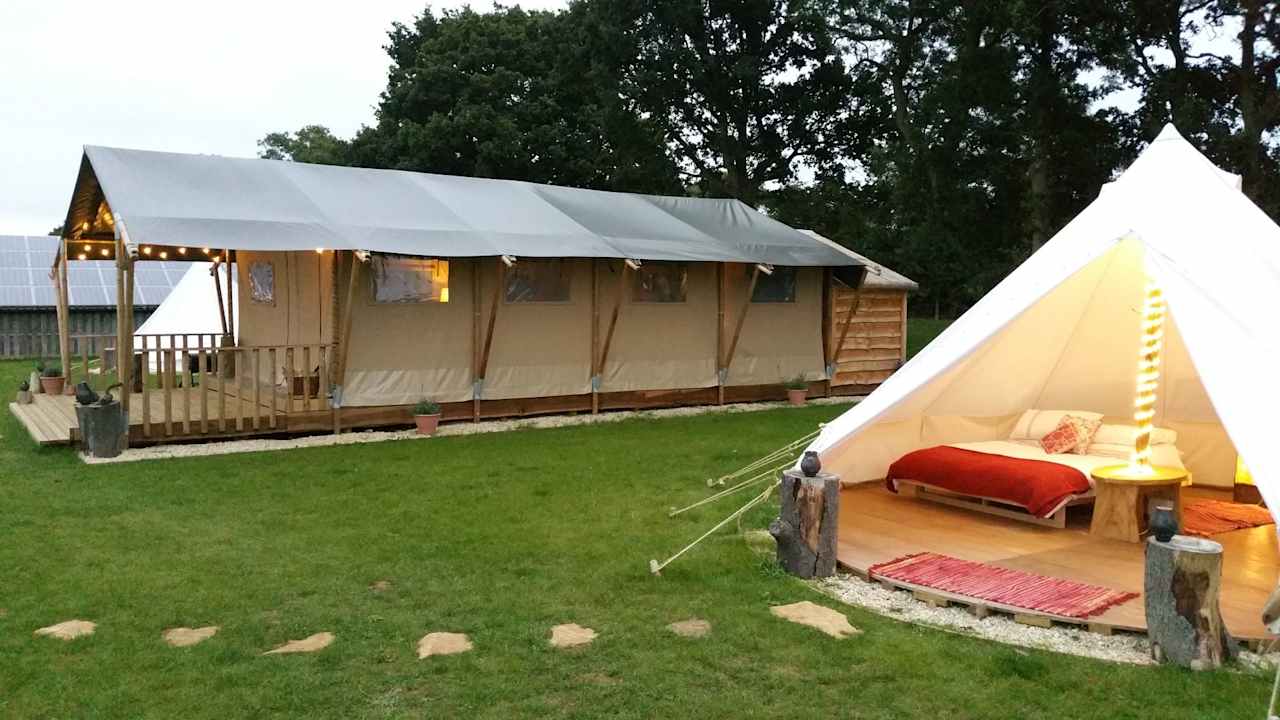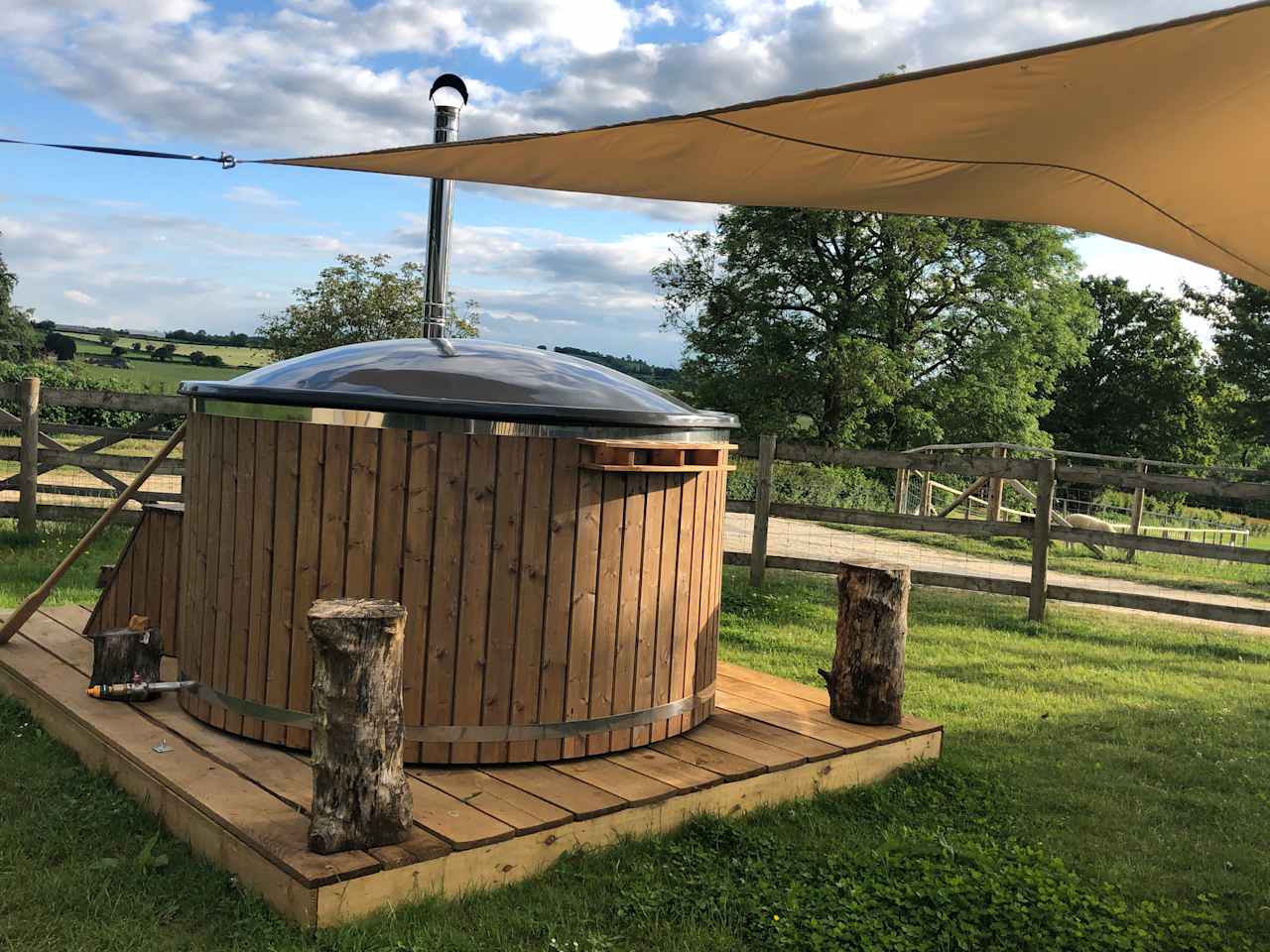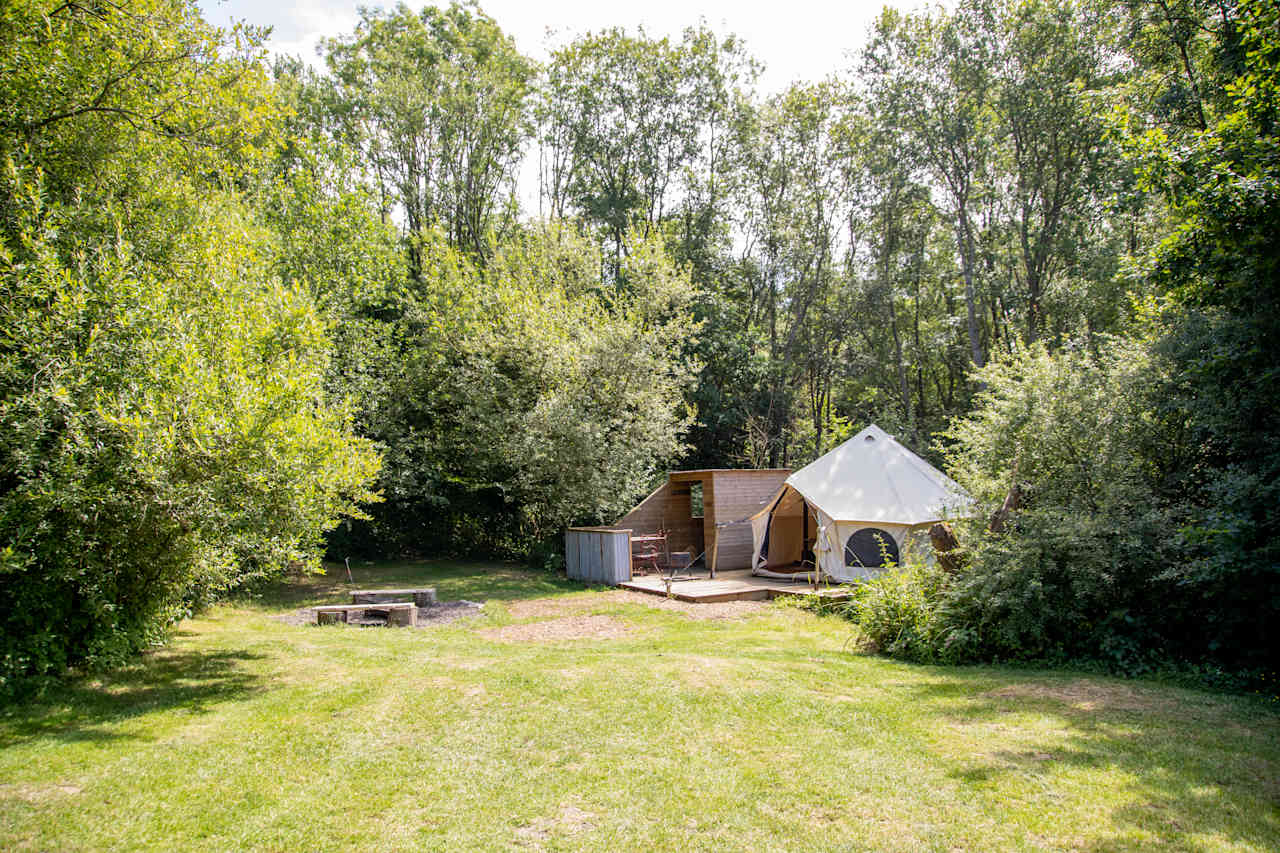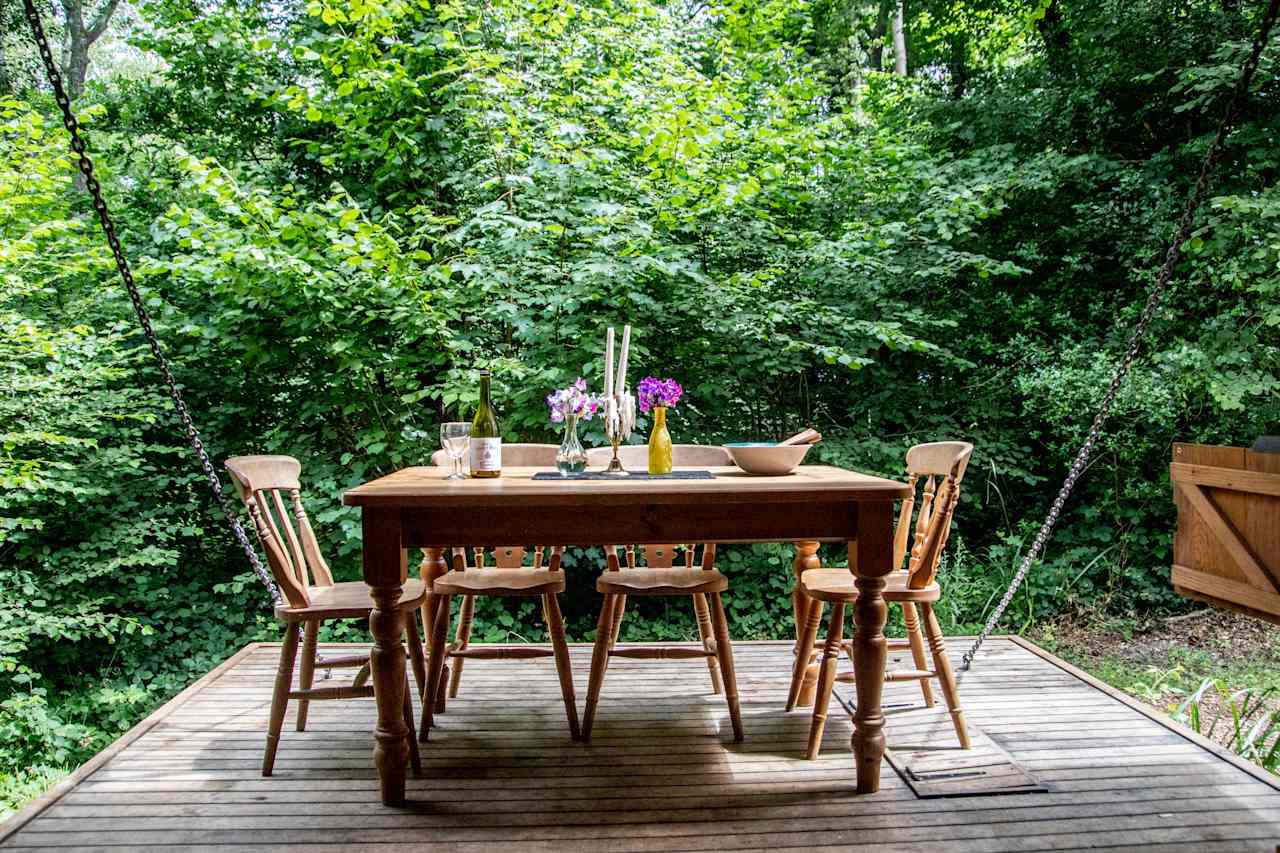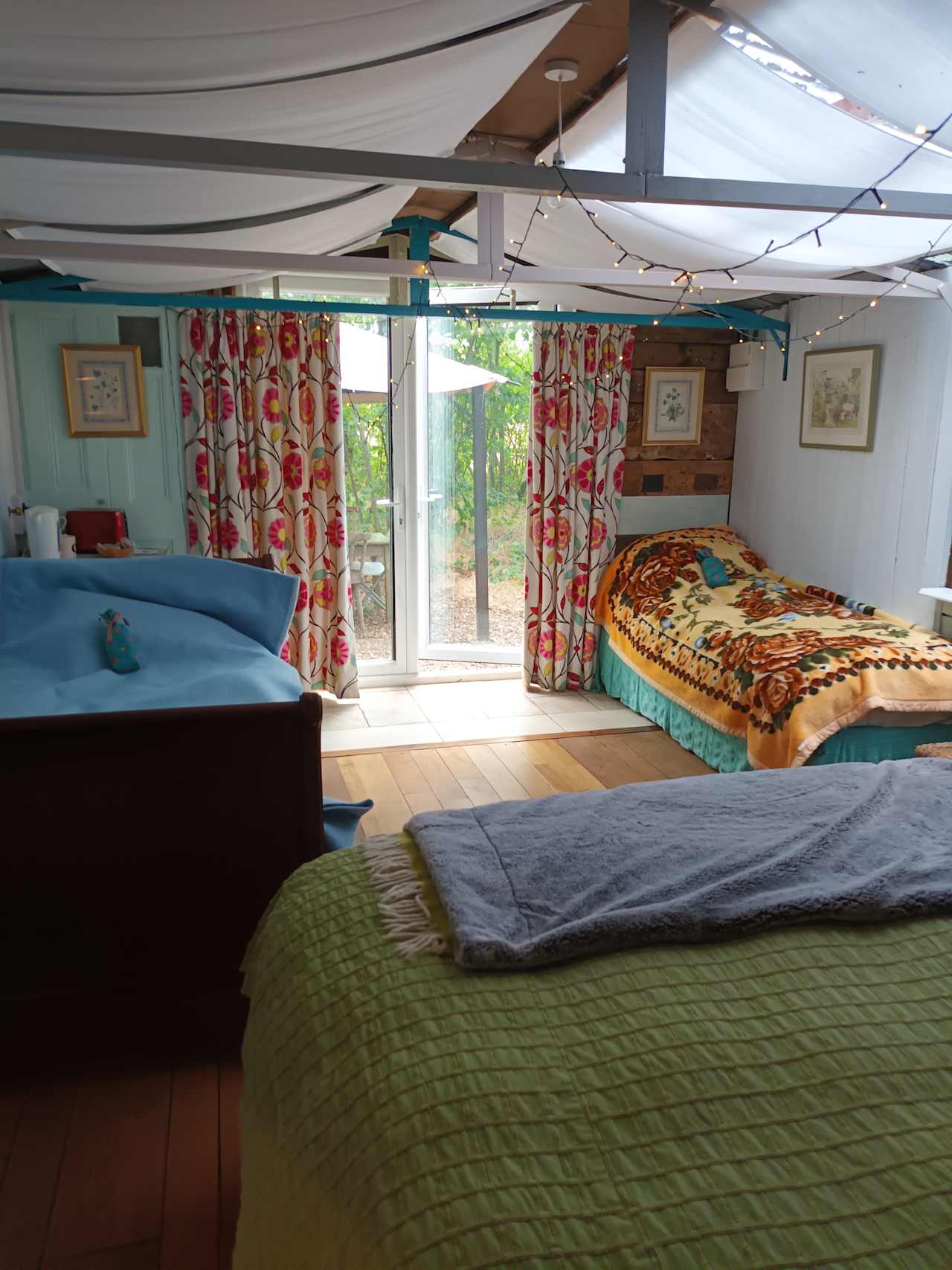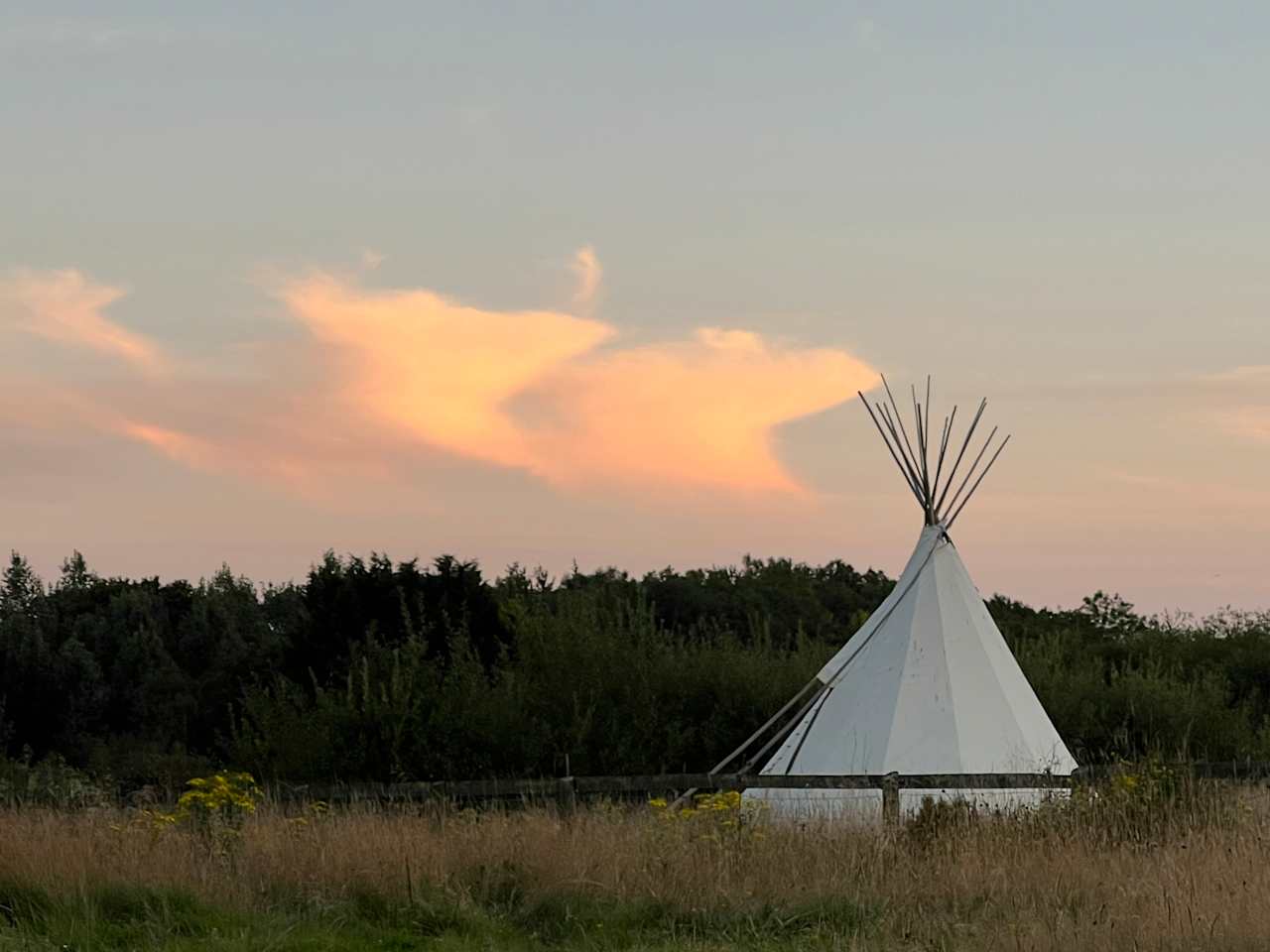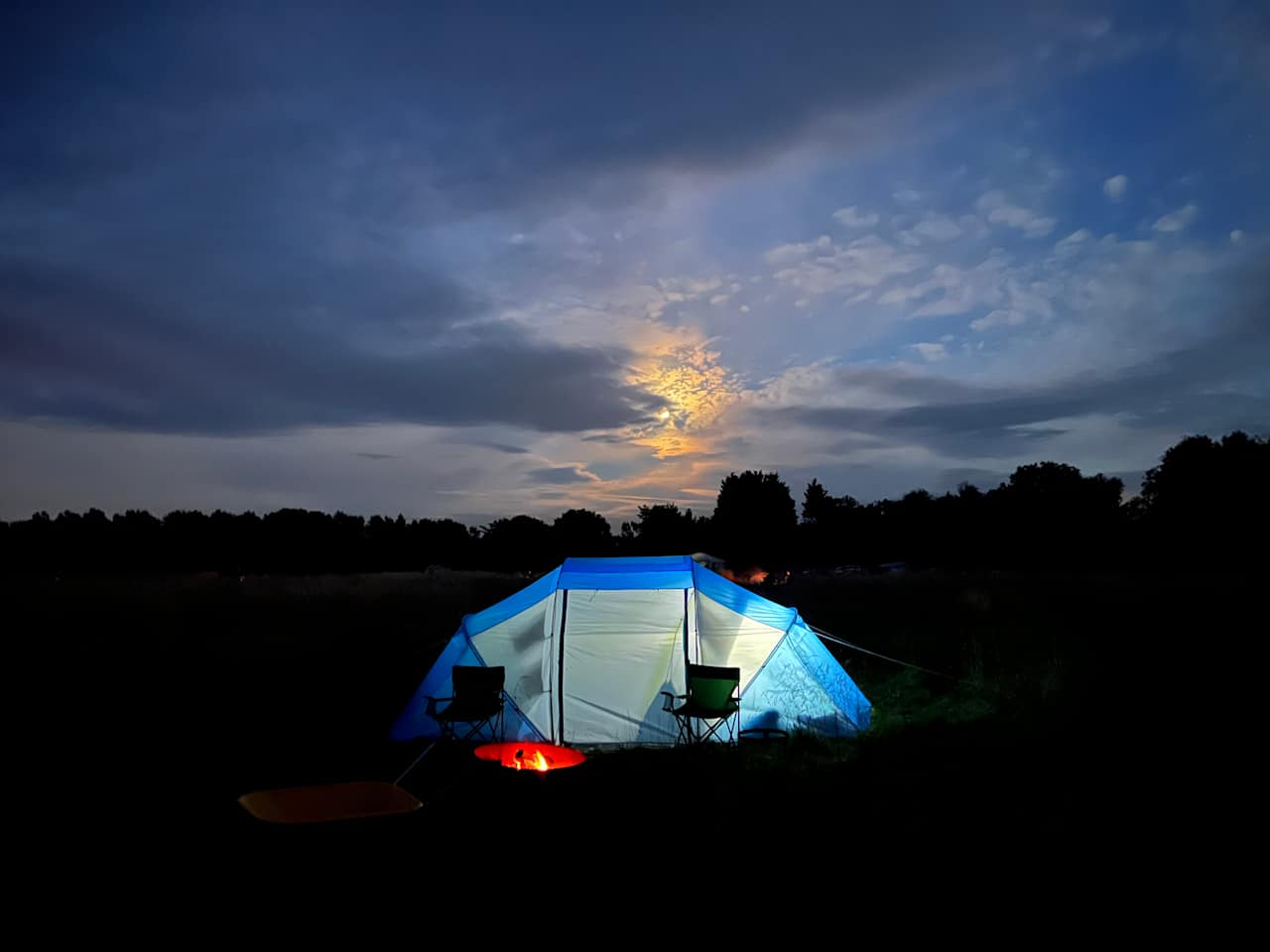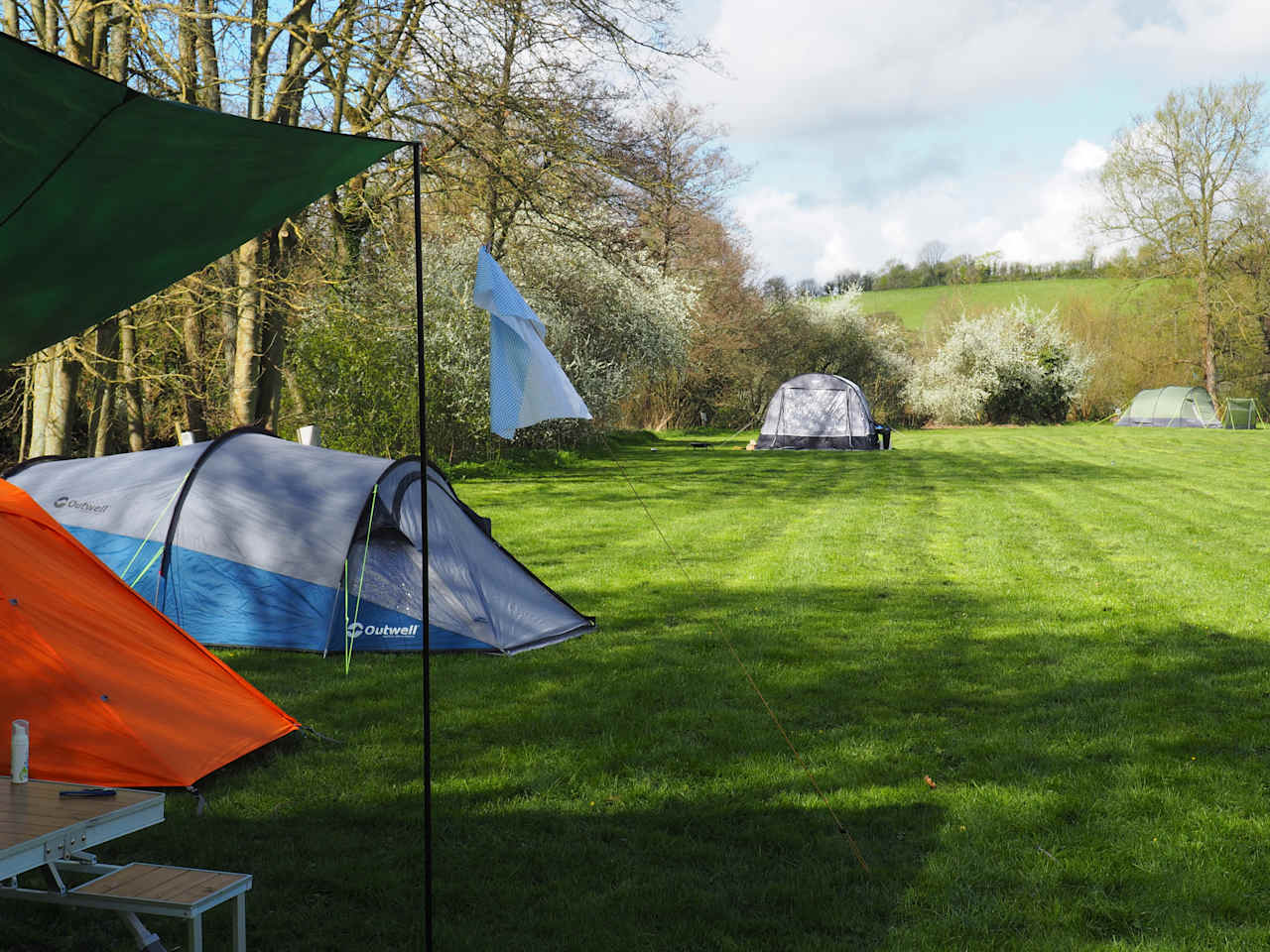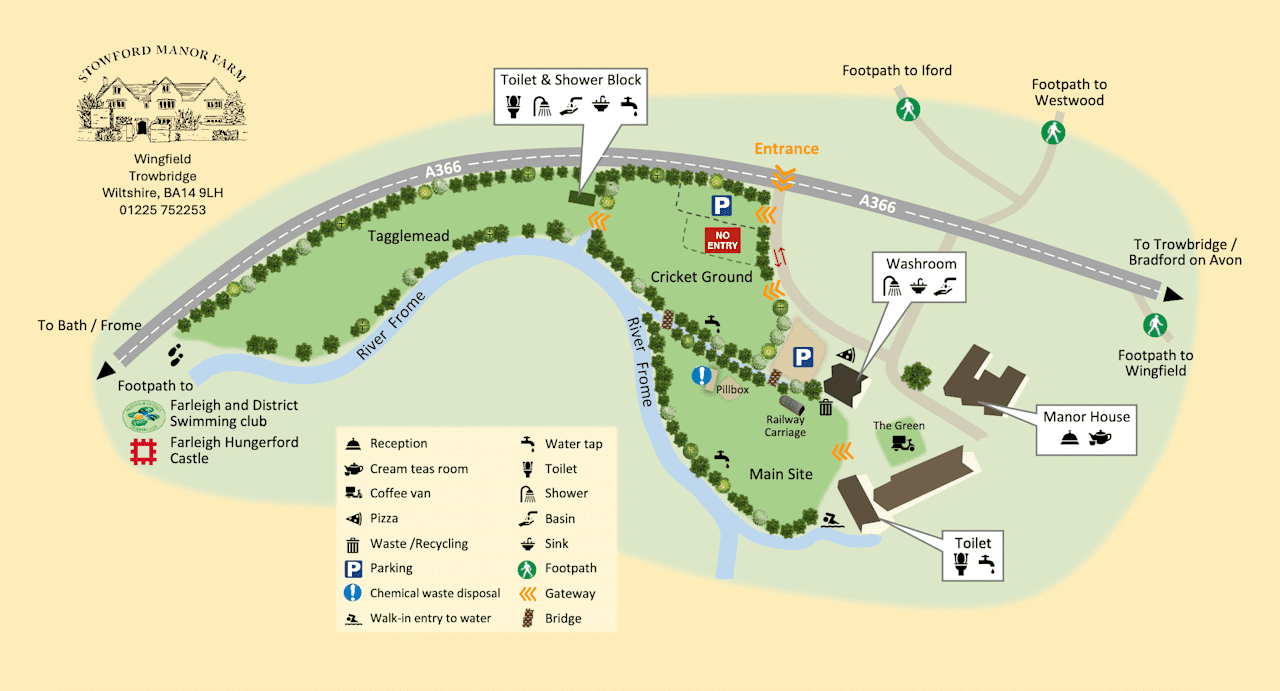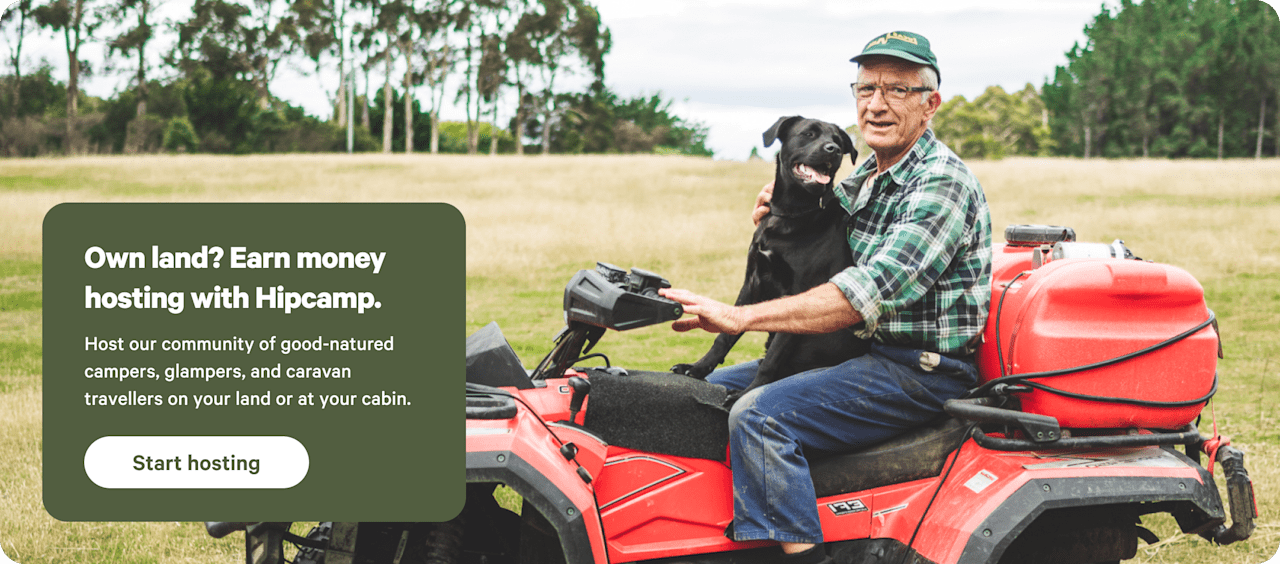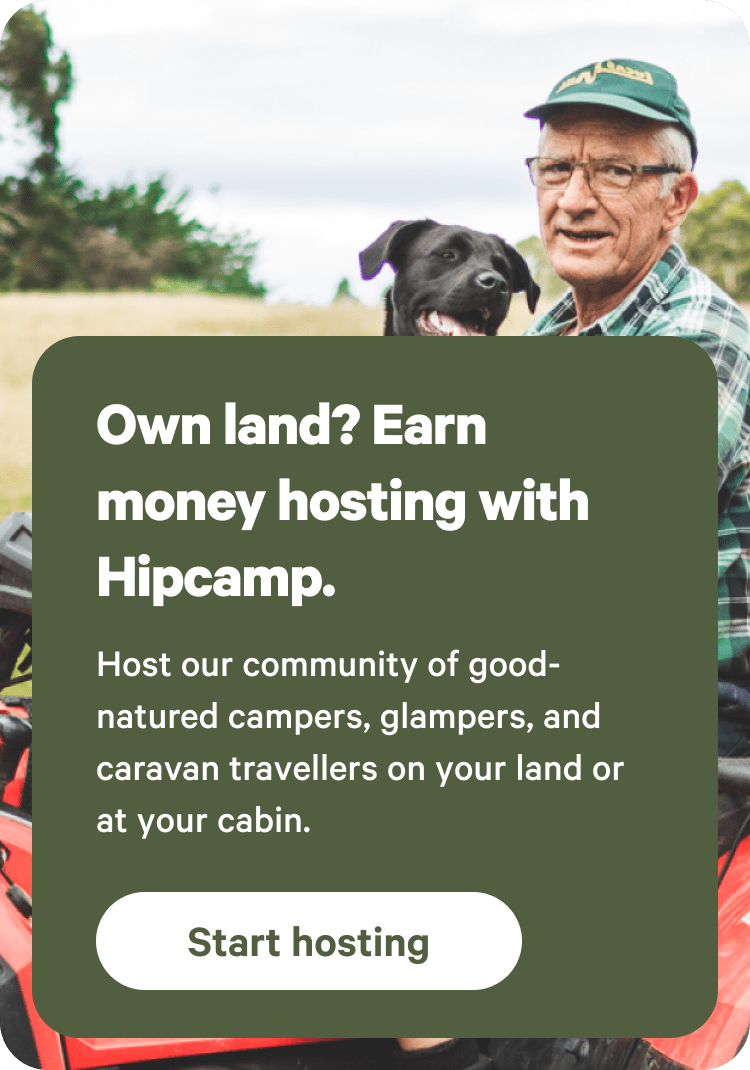Cabins in New Forest National Park
Once a royal hunting ground, the New Forest has ancient woodlands, wild ponies, and wildlife reserves.
- New Forest National Park
Popular camping styles for New Forest National Park
Star Hosts in New Forest National Park
Dog-friendly getaways
12 top cabins sites in New Forest National Park


Cabins in New Forest National Park guide
Overview
Miles of open forest, purple heathlands, and ancient woodlands blanket the New Forest National Park, affording plenty of opportunities for outdoor adventures. Walk, cycle, or go horse riding along forested trails; visit attractions such as the National Motor Museum or Bolderwood Deer Sanctuary; and look out for the herds of native New Forest ponies roaming freely in the park. New Forest camping comes with options, whether glamping in a yurt, checking into a family-friendly holiday park, caravanning along the south coast, or waking up to a pony outside the tent. As always, we’ve sidestepped the holiday parks and larger caravan sites and carefully selected our favourite campsites to help you find your perfect pitch, whether that’s a cosy cabin among the trees or a grassy pitch in an open field. Beaulieu, Burley, and Lyndhurst are among the main villages within the park, while Milford on Sea has shingle beaches with views to the Isle of Wight.
Family Camping in the New Forest
Whether you're glamping or camping in the New Forest, your kids will probably thank you. Okay, so they may not actually say thank you (without a prompt), but they are almost guaranteed a good time. Being outside all day long, cooking on the barbecue, and toasting marshmallows on the campfire are all new adventures for children. Add to that the freedom to go exploring and the opportunity of making campsite friends—and you are likely to have some happy children. The novelty of sleeping in a tent means even bed times can be fun and, after all that fresh air, it may not be long before they fall into a contented sleep, leaving the adults to enjoy the campfire for just a little longer.
So how to choose where is best for family camping in the New Forest? If you have young children or babies, you’ll probably be used to checking out whether a campsite has changing facilities but you might also like to choose a pitch that’s a little closer to the toilets in case of night-time wake-up calls. And if you’re glamping, try to find out what provisions are made for little ones—you may be able to leave that travel cot and high chair at home. Bigger sites can offer play equipment and activities for children, but don’t discount the sites without these, as you might find that watching the New Forest ponies and playing field games are enough to keep the kids entertained anyway.
Top 10 Things to Do in the New Forest
1. Visit Lyndhurst
The largest village in the national park, Lyndhurst and its New Forest Visitor Centre are great places to start your camping trip. This is the place to head for a map and local tips, while the independent shops of the high street are also good for stocking up for picnics and barbecues.
2. Walk in the woods
Heading out on foot is the best way to explore the heather moorland and ancient woodland of the New Forest. There are lots of well-signposted routes, but if you fancy getting further out, seek out Ordnance Survey map OL22. On foot, you’ll have more chances to spot deer, birds, and other wildlife.
3. Spot a deer
If you haven’t had much luck spotting deer in the forest, try the deer-viewing platform near Bolderwood Ornamental Drive. During the summer months, the deer are fed between 12 and 2:30pm, and so, although they are wild, they are less skittish. There’s a car park and the start of some nice walks here too.
4. Check out some impressive trees
You don’t have to be a tree-hugger to be impressed by some of the specimens in the New Forest. Check out the oldest tree—the Knightwood Oak, thought to have passed its 400-year birthday, then gaze up at the tallest trees, including 50-metre redwoods and sequoias, which have their roots in the Rhinefield Ornamental Drive.
5. Spend the day at Beaulieu
The huge Beaulieu country estate in the New Forest has so much going on you could spend a week here! Plenty of its attractions are under cover too, so it is a great day out whatever the weather. Not only can you discover the historic house and gardens, but there’s an old abbey and the National Motor Museum=.
6. Take the kids to see Peppa
Peppa Pig World is a great day out for families with younger kids, giving them the chance to meet TV favourites Peppa and George face-to-face. It’s actually part of the larger Paultons Park, where more than 70 rides and attractions are suitable for all ages.
7. Call in at Buckler's Hard
This ship-building village on the banks of the River Beaulieu is a picturesque spot that has changed little since its days using oak from the forest for Nelson’s ships. Call in to see the waterfront, visit a shipwright’s cottage, and discover Buckler’s Hard village history at the Maritime Museum.
8. Go to the beach
This national park includes a lesser-known 40-mile stretch of coast. Perhaps head for Lepe Country Park to enjoy a combination of great countryside and sea views across the Solent to the Isle of Wight—not to mention nature trails, an adventure play area, and a café.
9. Climb a tree
Where better to climb a tree or build a den than in the New Forest? If you haven’t managed it by the time you’re reading this, it’s time to make up for it during your camping holiday in the New Forest. Or at least let your kids have a go!
10. Go for a bike ride
The gently undulating terrain and quiet roads of the New Forest are perfect for bike riding. It’s a great way to get around, and there are off-road cycle tracks through the woods too, perfect for family-friendly cycling. If you can’t bring a bike, stop by a bike hire spot in a main town like Brockenhurst, Lyndhurst, Fordingbridge, or Burley.
New Forest History
To learn about the New Forest during your camping holiday, campers can visit the New Forest Centre in Lymington. But a little background always helps (and gives you the chance to be knowledgeable en route to your campsite).
Although there is evidence of Bronze Age, Iron Age, and Roman settlements before William the Conqueror declared the area his “nova foresta” (new hunting forest) in 1079, this is what gave the area its name and shaped the landscape. A system of “commoners’ rights” was set up and remains now, almost 1,000 years later, allowing some locals the right to graze their livestock on the land.
By the 18th century, the forest was used more for its timber than as a hunting ground, and wood from the New Forest was used to build ships. The Second World War also helped shape the landscape, with memorials commemorating several RAF airfields including at Stoney Cross. Since then, tourism has become the main business, which is carefully balanced with protecting this historic landscape. The New Forest was recognised as a National Nature Reserve in 1969 and was only given national park status in 2005.
Tips for snagging a campsite
- New Forest campsites and caravan sites can book up quickly, especially in July and August and during school holidays. Early bookings are essential if you want to visit these times—popular holiday parks and glamping sites can book up six months in advance.
- If you do arrive without a reservation, it’s a good idea to secure a campsite first thing in the morning, as available spots will be available on a first-come, first-served basis.
- You will need to pay a deposit to secure your campsite reservation, and some sites ask for the full payment upfront.
- Be sure to check seasonal opening and closing dates, which vary by campsite. Many campsites open from March or April to September or October, while others stay open year-round.
When to go
Bluebells in spring, cool shade in summer, crunchy leaves in autumn, and a wonderland in winter, the New Forest manages to be a genuine year-round destination with abundant natural beauty whenever you choose to visit. Summer is peak season, and the park’s beaches and walking trails can get crowded in July and August. Arrive early at popular attractions to avoid the queues and book activities in advance to avoid disappointment. The forest landscapes change throughout the seasons, and many campers choose to return at different times of the year. Come in spring to admire the bluebells and other wildflowers, in autumn when the woodlands are ablaze with fall foliage, or wrap up warm for frosty winter walks.
Know before you go
- New Forest National Park is in Hampshire, along England’s south coast, about a 15-minute drive from Southampton or Bournemouth, or a roughly 2-hour drive from London.
- Trains from London Waterloo take 90 minutes, and there are eight train stations in the park: Ashurst, Beaulieu Road, Brockenhurst, Hinton Admiral, Lymington, New Milton, Sway, and Totton.
- There are more than 150 car parks in the New Forest, many of which are free. Parking is not permitted anywhere other than in the car parks. Regular buses connect all the villages and attractions in the park, and there’s a hop-on-hop-off New Forest Tour Bus in July and August.
- Wild camping and overnight parking are not permitted anywhere within the park. Fires and BBQs are also off-limits, except on private camping lands and caravan parks.
- Many small towns and villages dot the park, so you’re never far from a shop, pub, or information point.
- The New Forest has many accessible trails and attractions. All park buses and trains are accessible, and there are accessible restrooms in more than 20 car parks.
- The New Forest has free-roaming ponies, donkeys, and cattle. These animals have the right of way on forest roads, and there is a strict speed limit of 40 mph throughout. It is a fineable offence to feed any animals in the park.
